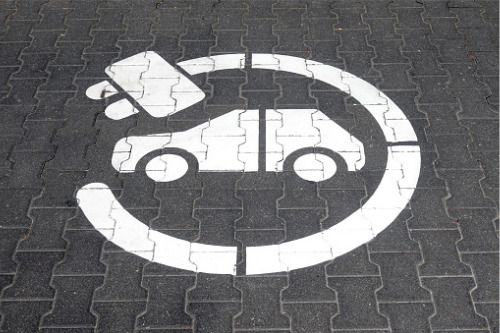

As New Zealand starts to transition to a low-carbon economy, an increasing number of electric vehicles (EVs) have been hitting its streets, and insurers are already noticing the demand for EV policies shooting up rapidly.
Demand for EV insurance is also increasing globally, with the UK seeing an 80% increase in demand over the past year. Meanwhile, Canada saw a whopping 146% rise in enquiries for EV cover over the same time period, and Tower Insurance said that New Zealand is not far behind.
Tower recently won Canstar’s inaugural Car Insurer of the Year Award, where it was highlighted for its offering of high demand products such as electric vehicle cover. Chief underwriting officer Ron Mudaliar noted that in the past six months, the number of EV policies sold by Tower increased by 40%, and EV owners are becoming a significant chunk of is customer base - something he said is being driven by clean car incentives, and an increasingly affordable price point.
“The rise of EVs been on our radar from around the start of this year, when we started to see stronger sales, and our portfolio has been growing along with that,” Mudaliar said. “In 2020, we saw sales of EVs go up by around 40% in New Zealand, and that trend matches the increase in our portfolio from February to our latest numbers.”
“We do think that trend will continue, and one driver of that is that the price of EVs has started to come down,” he explained. “Battery prices are getting more affordable, and you’ve also got governments in New Zealand and around the world giving subsidies for clean vehicles, and offering discounts.
“At the end of last month, Tesla had the second highest number of sales in New Zealand because their price point has come down, and you’ve seen more people have that affordability and being able to take advantage of the clean car discount. I really think we’re going to see that going up and up.”
When it comes to insuring EVs, Mudaliar noted that although they were quite an expensive item to insure in the past, the increasing availability of parts means that cover and repairs have become a lot more affordable. He said that gathering data on repairability of different vehicle types would be a key focus for Tower in this space over the next several years, as this will help refine EV-specific products and benefits.
“When some of the EVs first came out, the panel repairs were quite difficult due to the availability of parts,” Mudaliar said. “That’s starting to change over time, and people are learning more about repairs costs too. One key issue is around how we treat damaged batteries, and we’re still in the process of understanding that - there are some organisations that lease the battery separately and insure that with someone else, for example.
“But we’re keeping track of costs per vehicle type to understand which vehicles are costing more, and we expect to be able to offer more EV-specific benefits over time.”
Tower Insurance currently offers cover for a wide range of electric vehicles, with most of its policies being offered for Nissan, Kia, VW Golf and Tesla EVs. Mudaliar said that Tower would be looking to introduce more of these benefits as ownership levels continue to grow, and also to further incentivise New Zealanders to purchase eco-friendly vehicles through benefits and discounts.
“What we are trying to do is allow the transition so that we can offer benefits - for example, under roadside assist, we’ve added the ability for that EV to be taken to the nearest charge point,” Mudaliar said. “We’re slowly adding more EV-specific benefits into our product to allow for that change, and we’re going to keep looking at other additional features.”
“When we deal with total losses, we’re also thinking about how we can influence the customer to move from an older vehicle to an EV. I think that’ll be an important piece for us going forward. When it comes to climate change, you need to start in your own back yard, and us facilitating the use of clean vehicles and making them easier to purchase is a key way to reduce CO2 emissions.
“Then as our portfolio changes, we’ll see what we can do from a product perspective that’s more weighted towards an EV. It’ll take some time, but we’re definitely in the transition period, and so we have to start thinking about how we can support that.”
